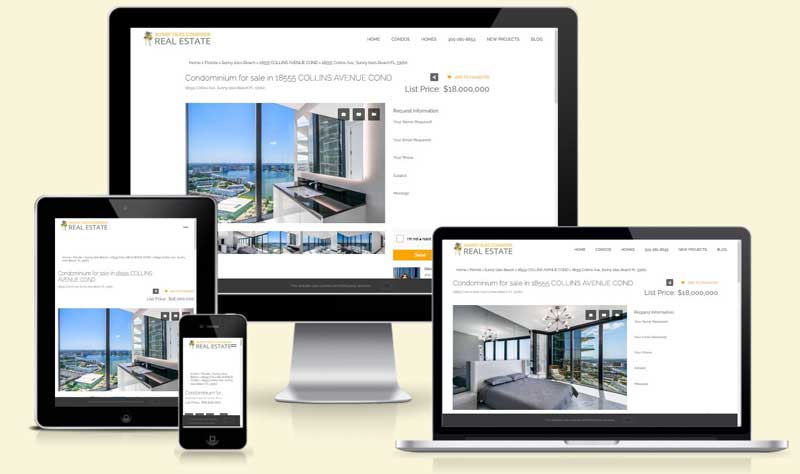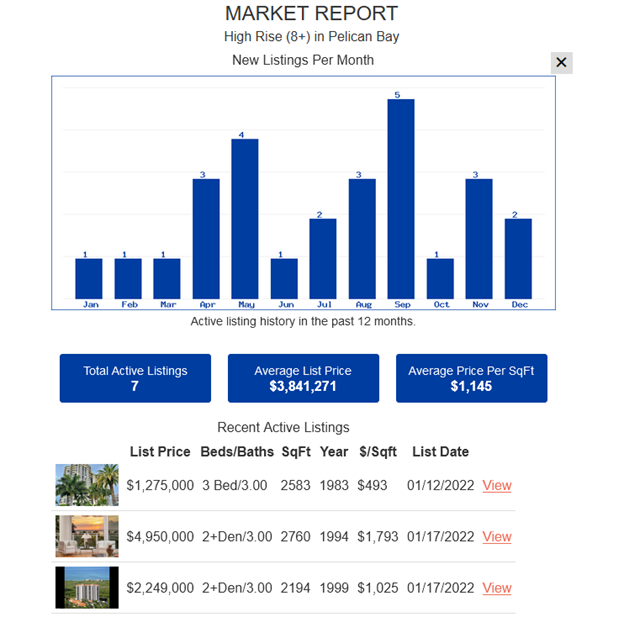
Realty Web Syndicate Announces Expansion into the Miami Market
July 10, 2023
Realty Web Syndicate Inc. Announces Integration with Zillow’s Bridge Interactive API: A New Era of Data Management and Accessibility
February 6, 2024In the ever-evolving world of digital marketing, businesses are constantly seeking strategies to enhance their online visibility and drive more traffic to their websites. Traditional Search Engine Optimization (SEO) and Pay-Per-Click (PPC) advertising are two cornerstone tactics employed to achieve these goals. While both have their merits, they come with distinct characteristics, benefits, and shortcomings. This post delves into the limitations of traditional SEO and highlights the advantages of PPC advertising in the modern digital marketing mix.
The Shortcomings of Traditional SEO
- Time-Consuming Process: One of the most significant drawbacks of traditional SEO is the time it takes to see results. SEO is a long-term strategy, involving on-page optimization, content creation, and building backlinks. It can take months or even years to achieve high rankings for competitive keywords.
- Constantly Changing Algorithms: Search engines like Google frequently update their algorithms. What works today in SEO might not work tomorrow, requiring businesses to stay on top of these changes and adjust their strategies accordingly. This constant flux can make SEO unpredictable and challenging to manage.
- High Competition: For popular keywords, the competition can be fierce, with numerous businesses vying for the top spots in search engine results pages (SERPs). Smaller businesses might find it particularly challenging to compete with larger companies that have more resources to allocate toward their SEO efforts.
- No Guaranteed Results: Despite best efforts in implementing SEO strategies, there’s no guarantee of achieving the desired rankings or maintaining them over time. Factors beyond a business’s control, such as search engine algorithm changes or competitor activities, can impact SEO effectiveness.
The Benefits of Pay-Per-Click Advertising
- Immediate Visibility: Unlike SEO, PPC offers immediate results. As soon as a campaign is launched, ads start appearing in search results or on partner websites, driving instant visibility and traffic. This immediacy is particularly beneficial for new websites or promotional campaigns needing quick visibility.
- Targeted Reach: PPC platforms provide advanced targeting options, including keywords, demographics, interests, and even specific times of the day. This precision ensures that ads are shown to the most relevant audience, increasing the likelihood of conversions.
- Measurable ROI: PPC advertising offers clear metrics, such as click-through rates (CTR), conversion rates, and cost per conversion, allowing businesses to measure the return on investment (ROI) with high accuracy. This data-driven approach enables ongoing optimization to improve campaign performance.
- Budget Control: With PPC, businesses have full control over their advertising budgets. You can set daily or campaign-specific budget limits, ensuring that advertising costs remain within your financial constraints. This level of control makes PPC accessible for businesses of all sizes.
- Flexibility and Adaptability: PPC campaigns can be quickly adjusted based on performance data or changing business objectives. Keywords can be added or paused, ad copy can be revised, and budgets can be reallocated to better-performing campaigns, providing flexibility that traditional SEO cannot match.
Conclusion
While traditional SEO remains a foundational element of digital marketing strategies, its limitations, particularly the slow pace of results and the unpredictability of algorithm changes, pose challenges for businesses seeking immediate impact. On the other hand, PPC advertising offers a compelling alternative with its ability to deliver quick, targeted, and measurable results, making it an invaluable tool in the digital marketer’s arsenal. By understanding the shortcomings of traditional SEO and the benefits of PPC, businesses can make informed decisions about allocating their digital marketing resources to achieve the best outcomes.



